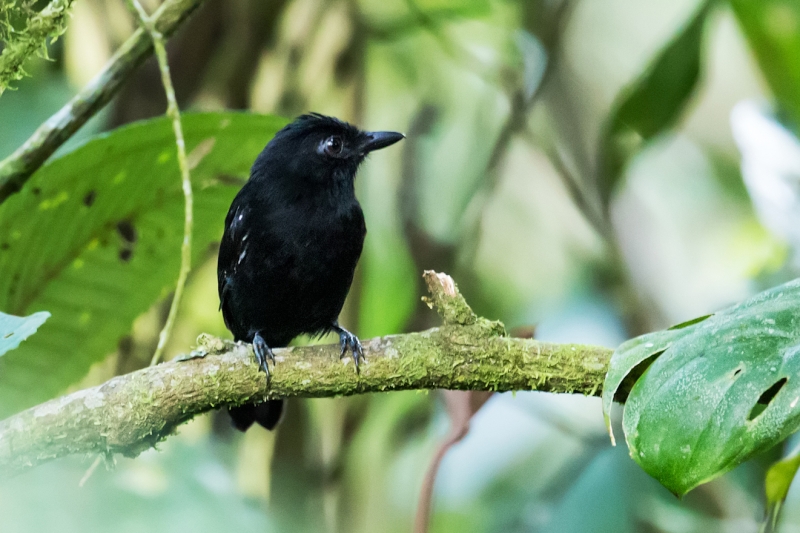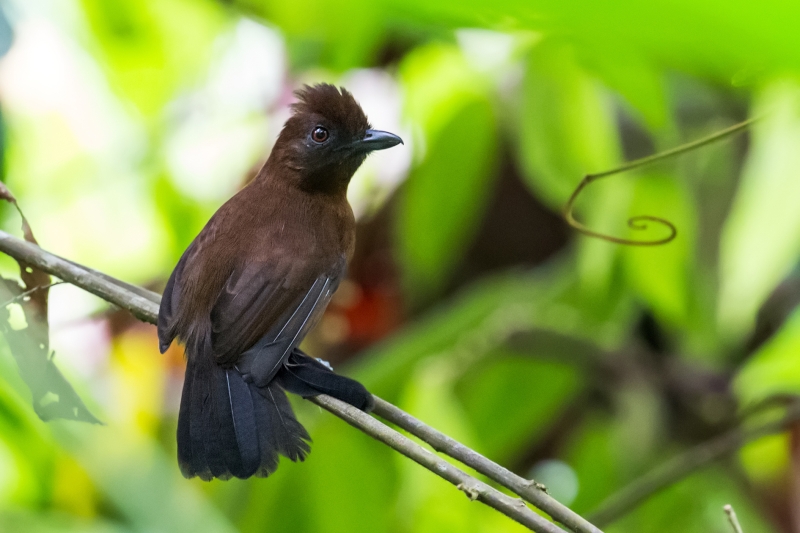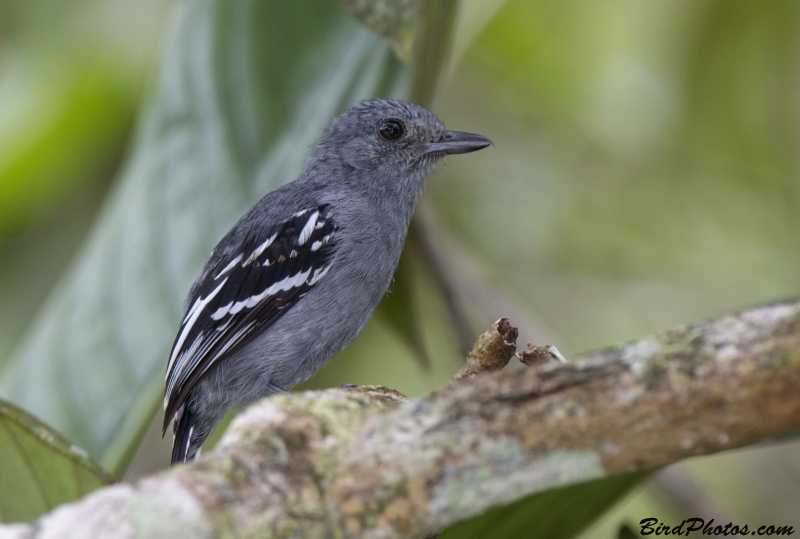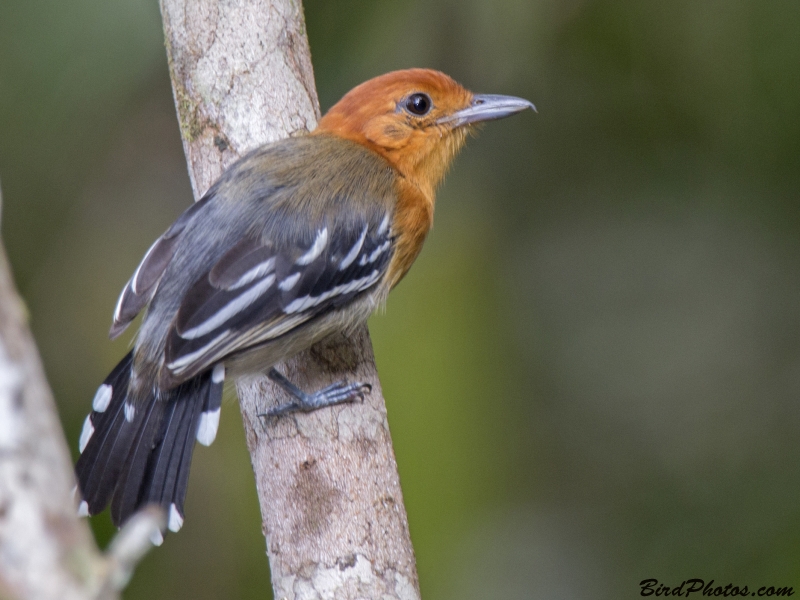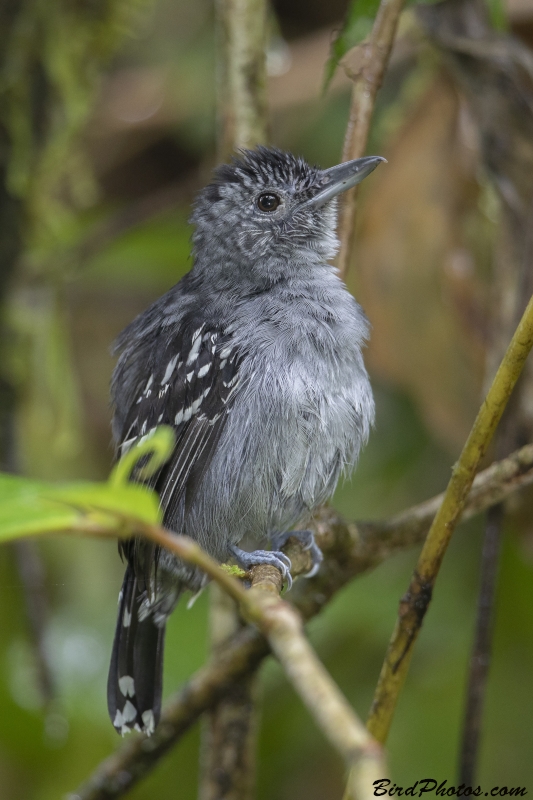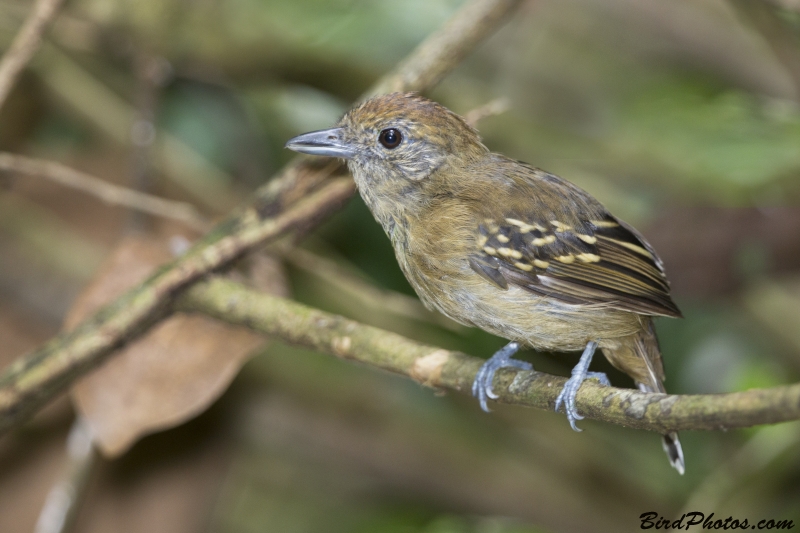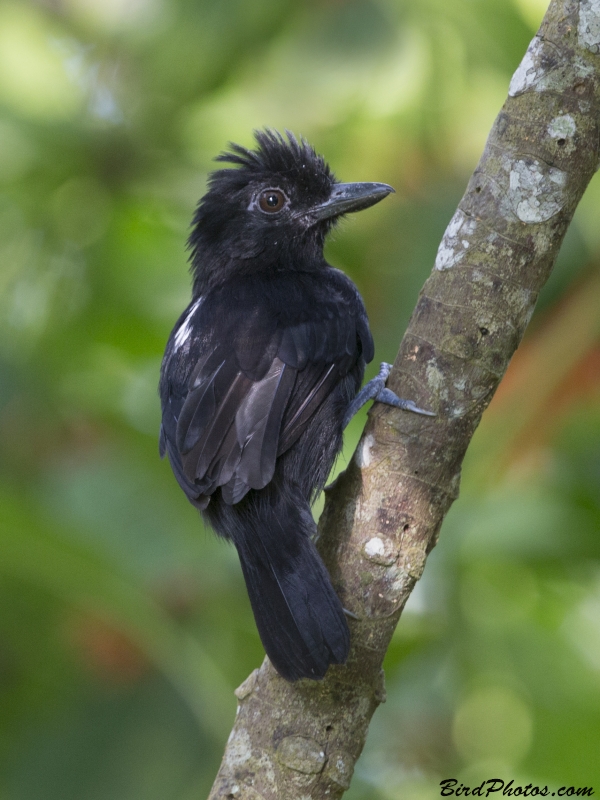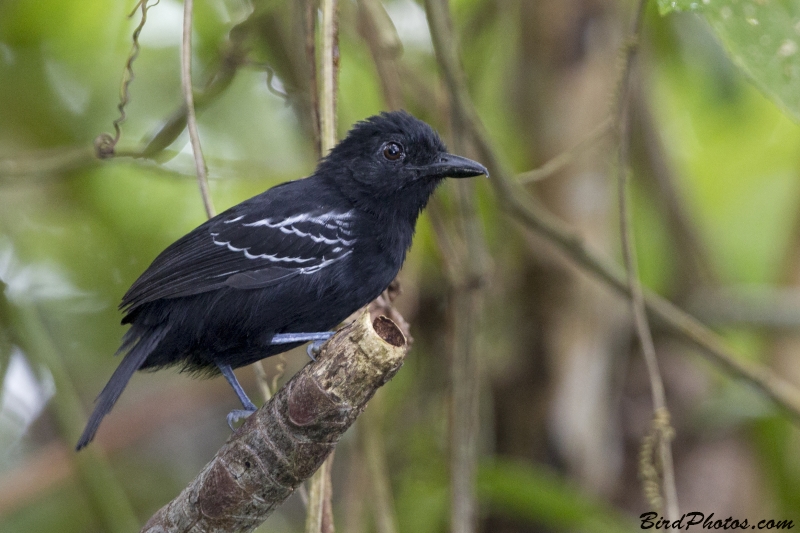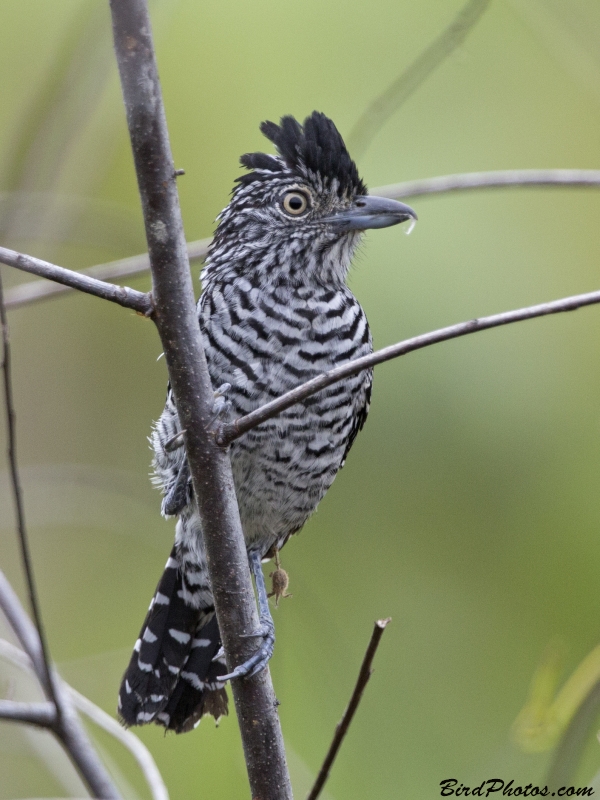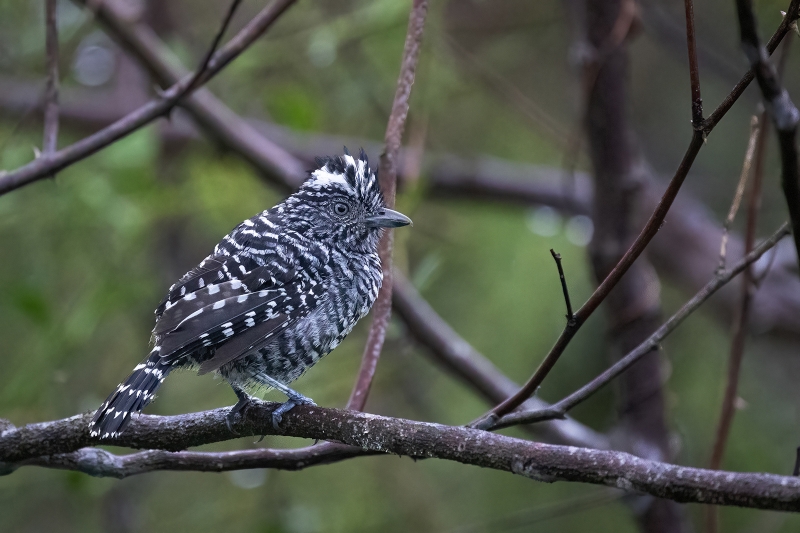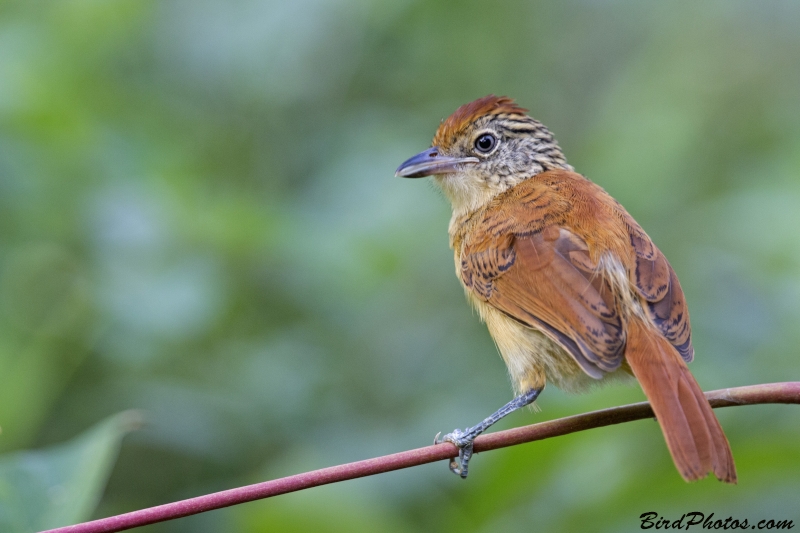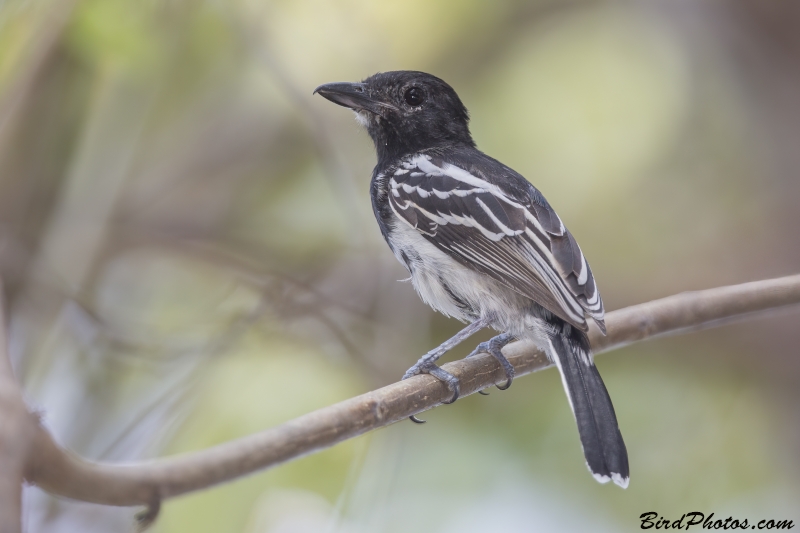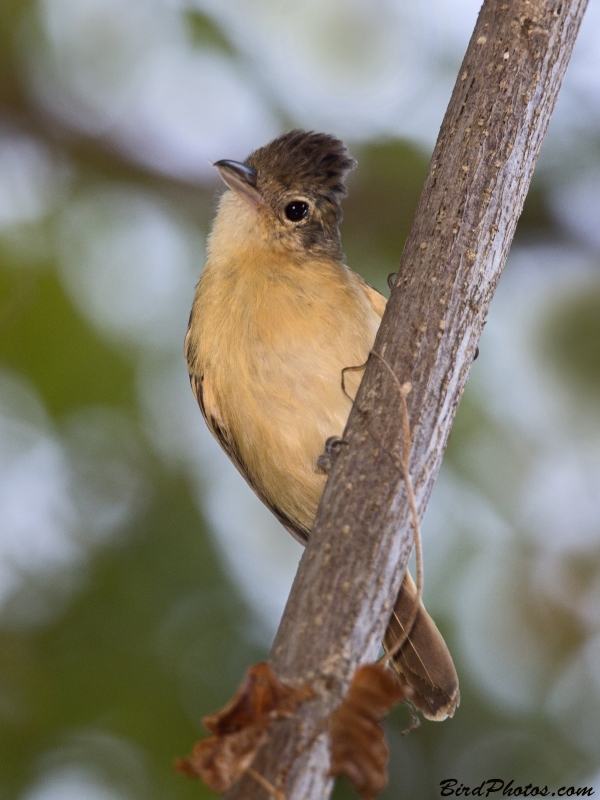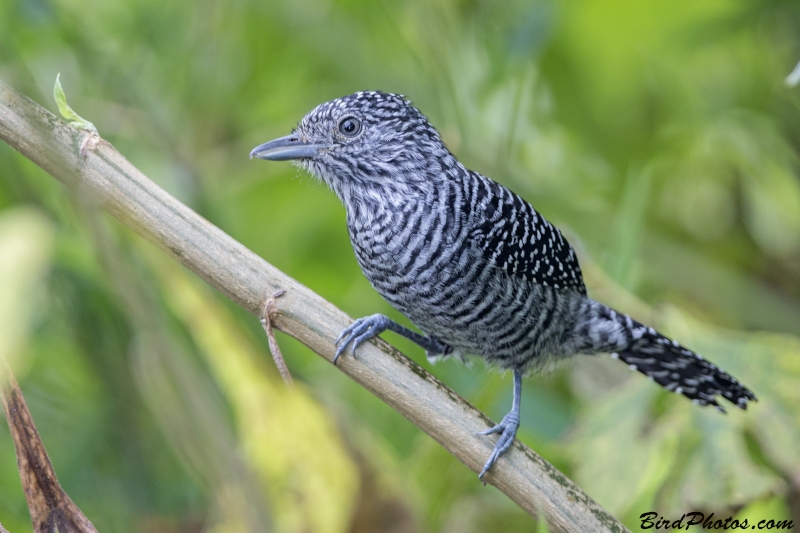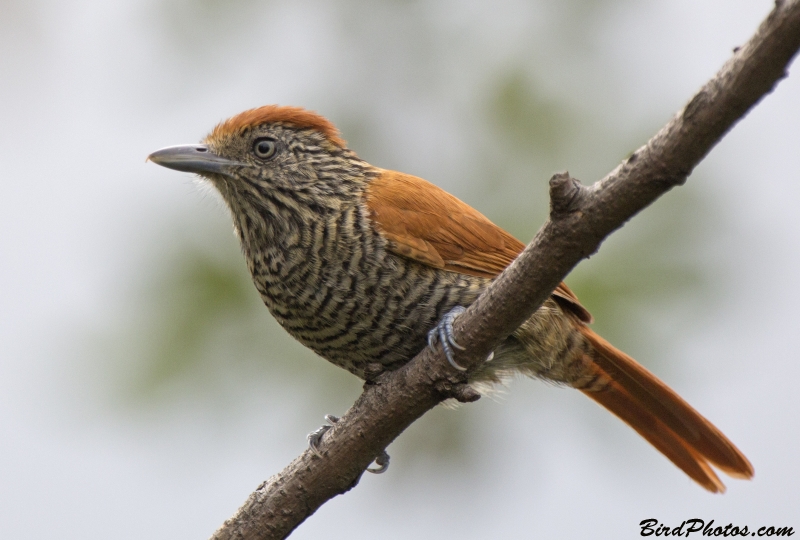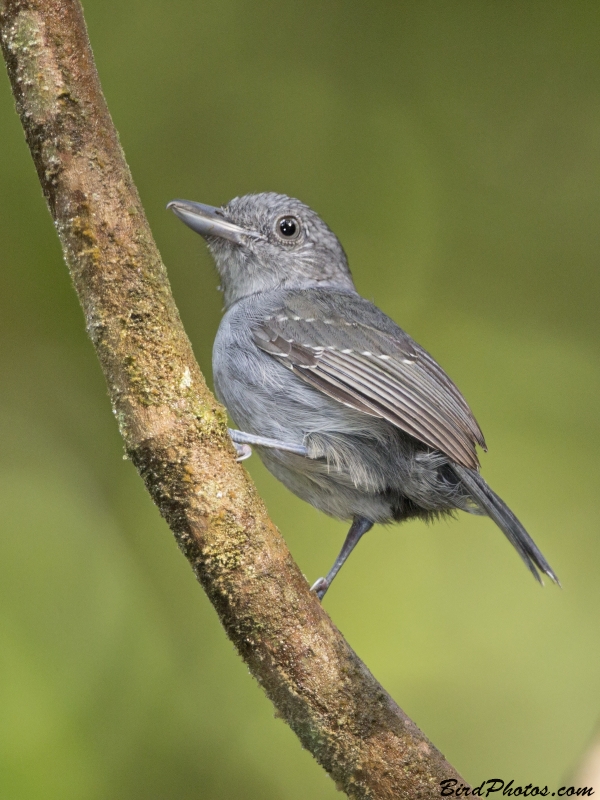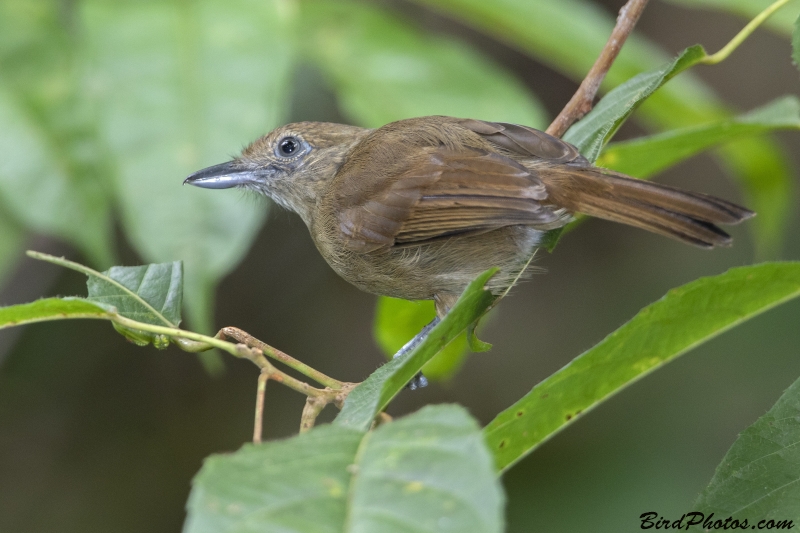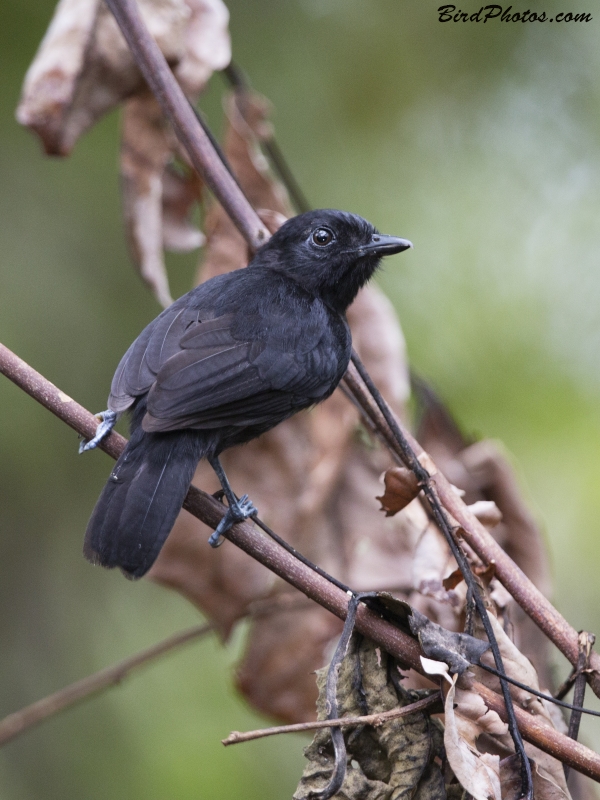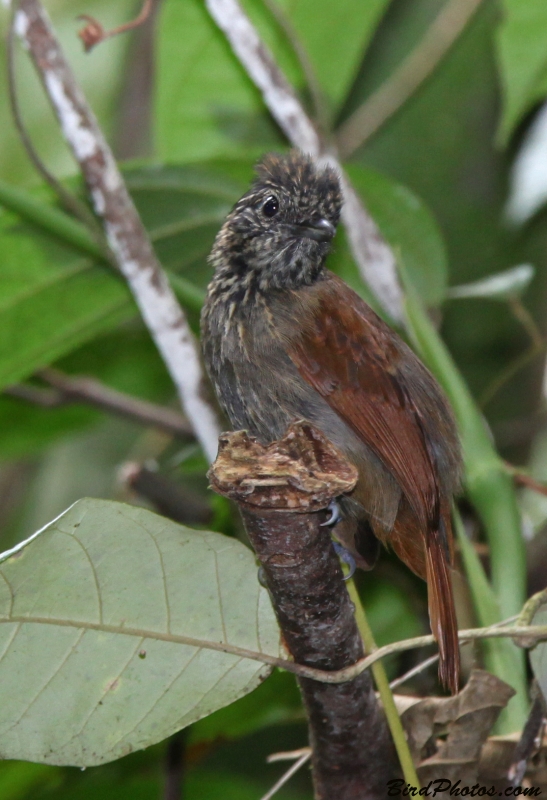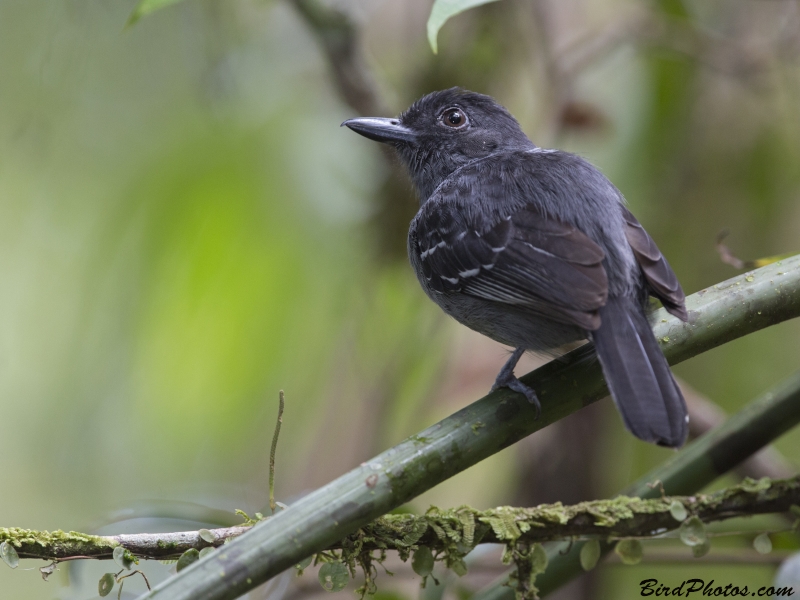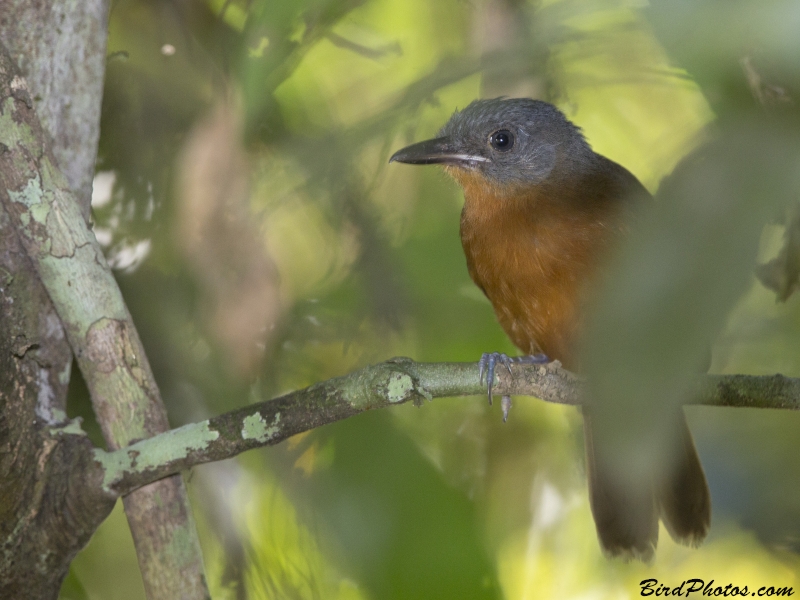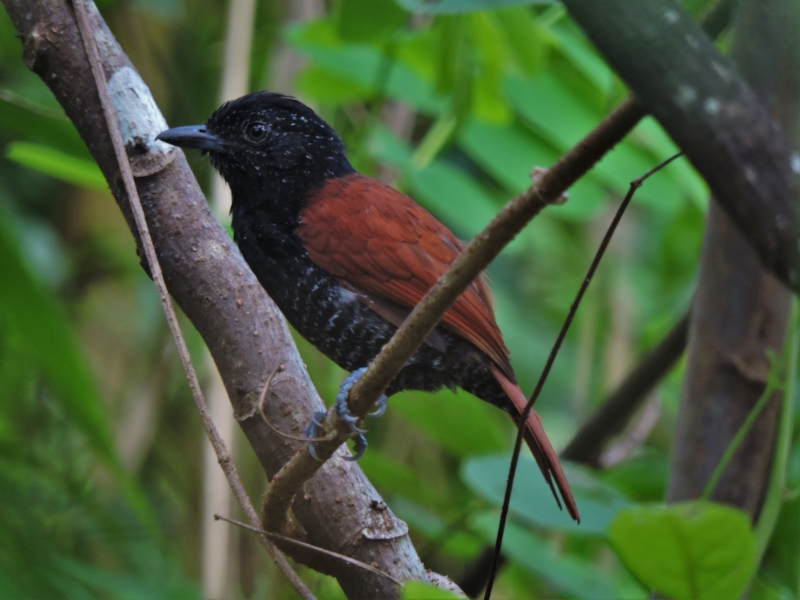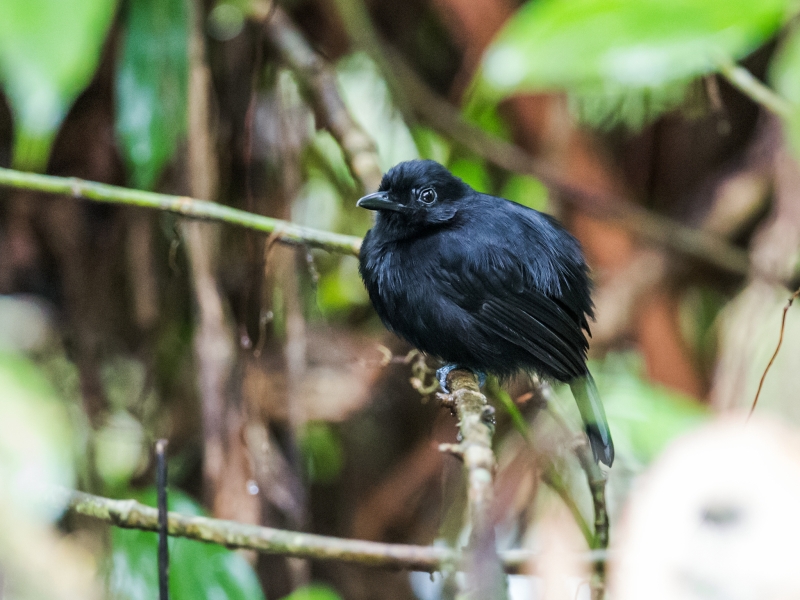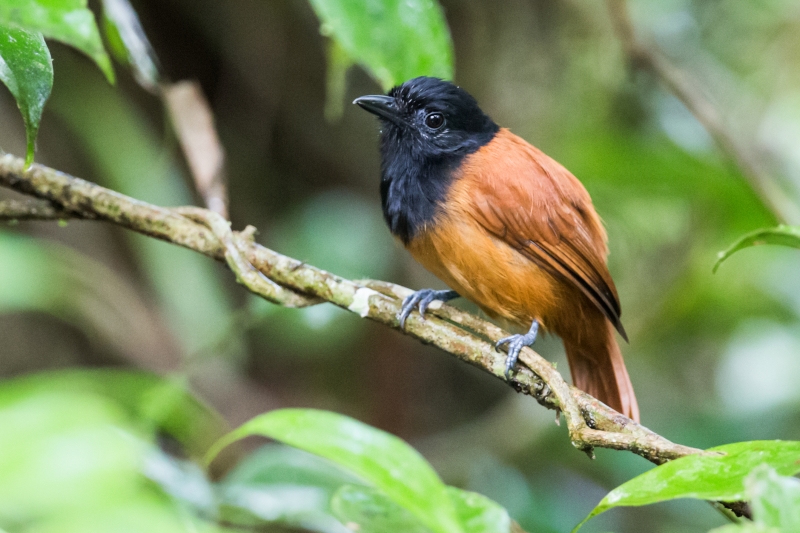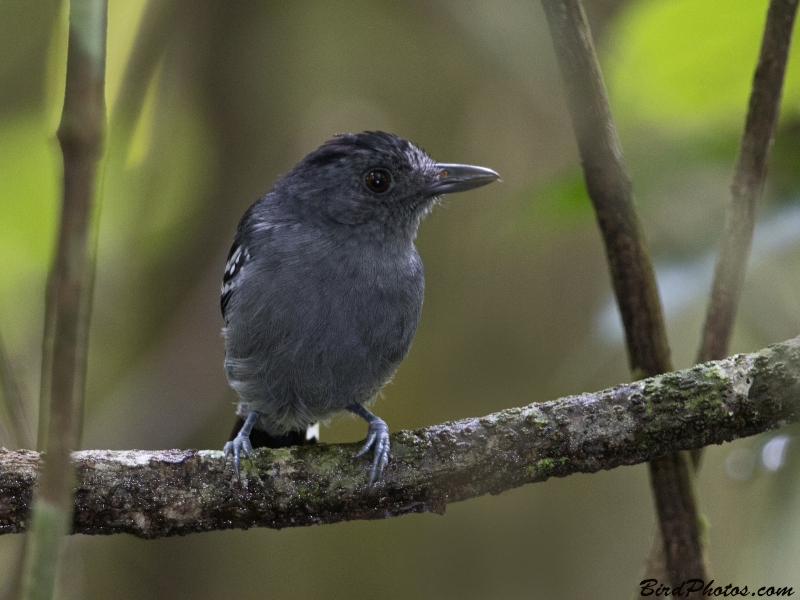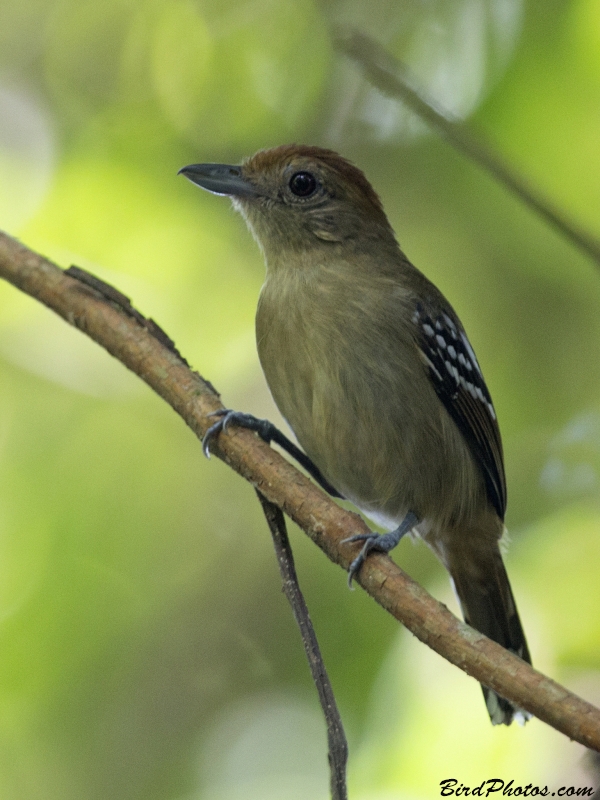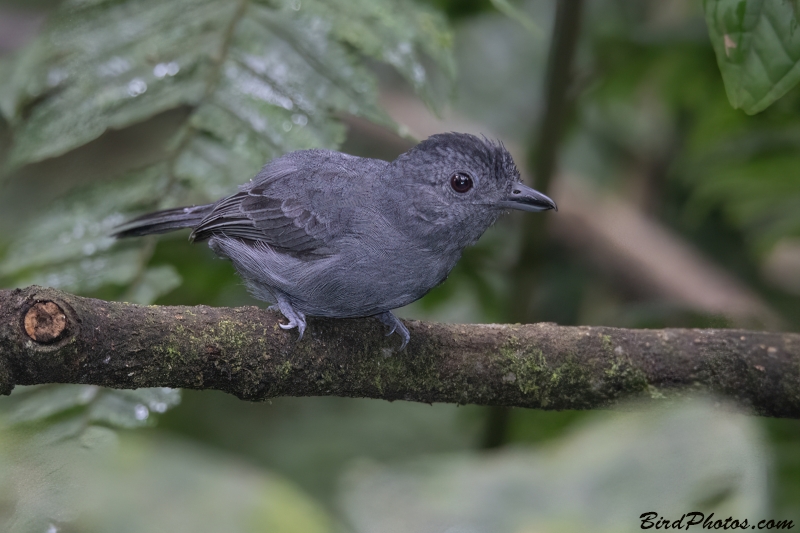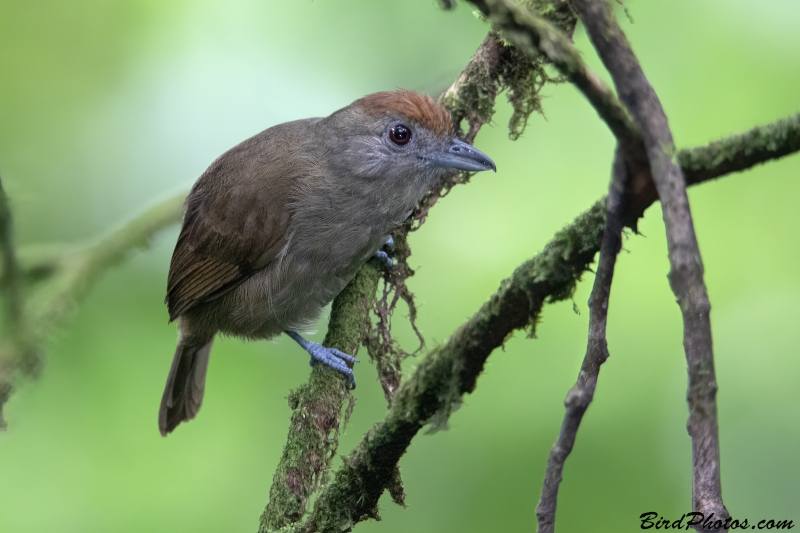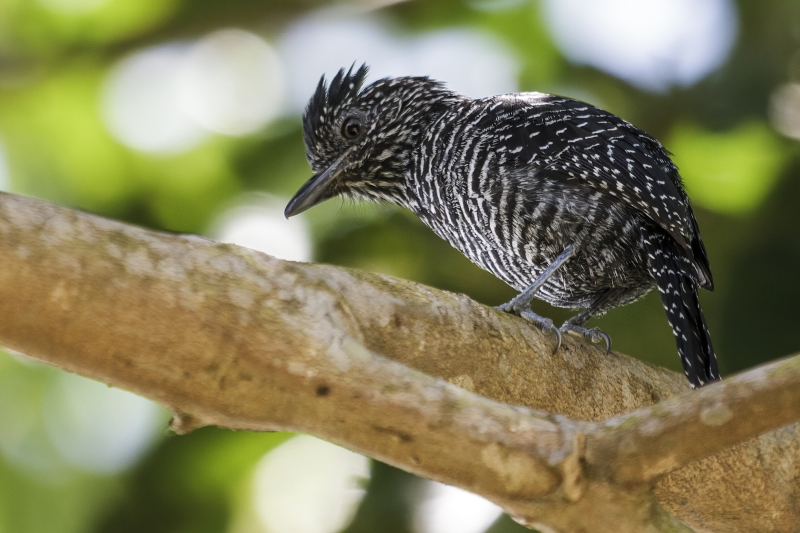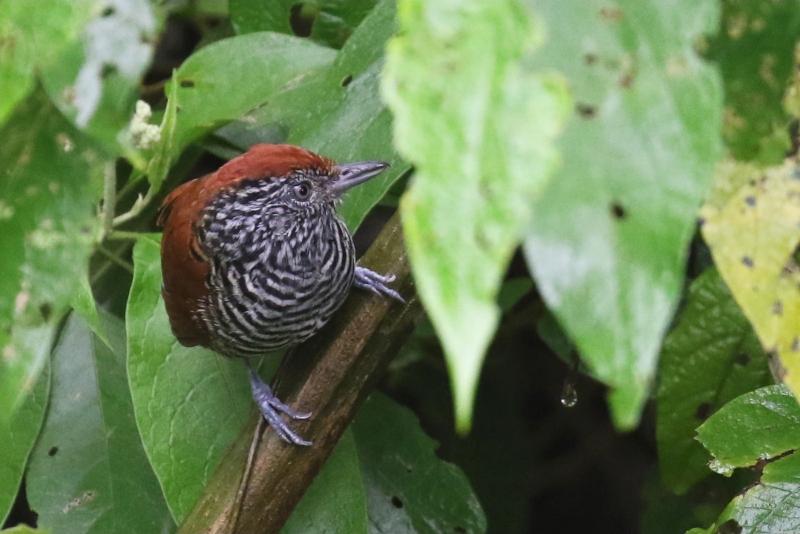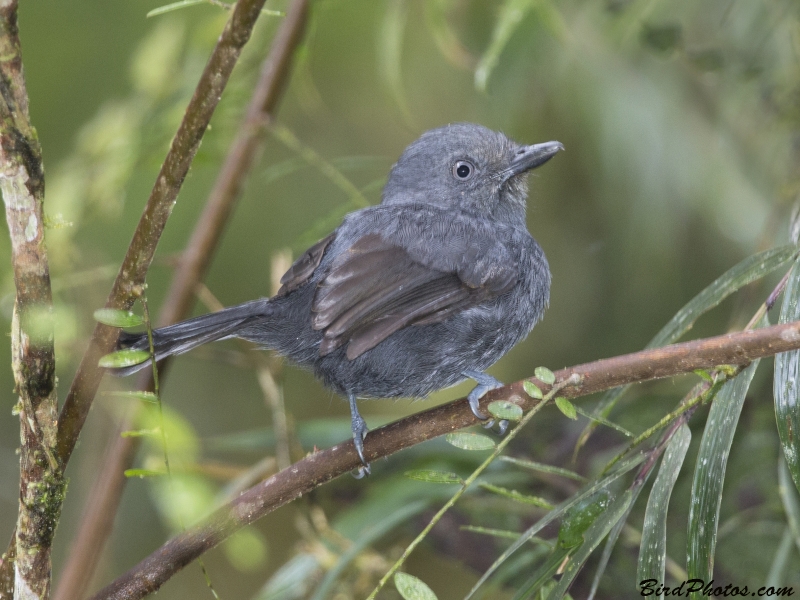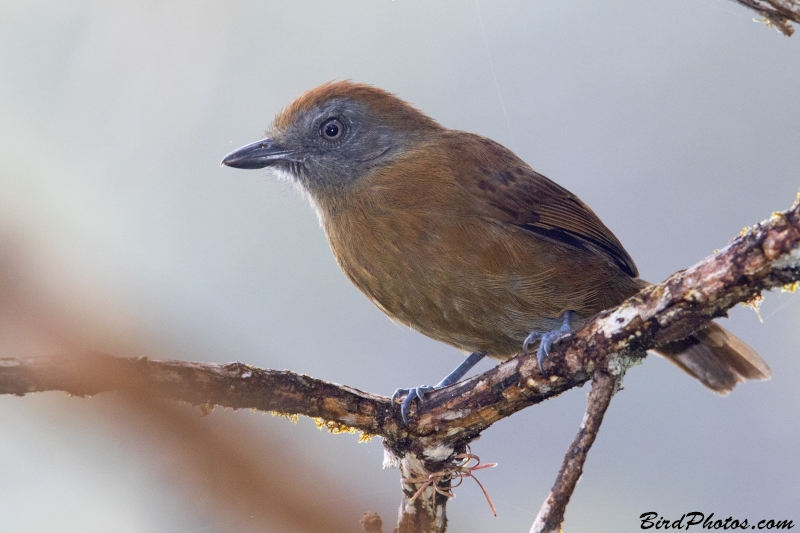| ||||||||||||
Common. Not always inside the forest. Female on nest. | ||||||||||||
A common widespread species once called Western Slaty Antshrike. | ||||||||||||
| ||||||||||||
From back. Female showing unbarred front. | ||||||||||||||||||
Found in dry areas, but not the desert where the Black-crested Antshrike is common. From front. | ||||||||||||
Vocal. Found inside and outside of the forest, and even in small forest fragments inside cities. Found at higher altitudes than the similar Barred Antshrike. Male is completely barred, including back, belly and crest. | ||||||||||||
Race canipennis is more uniformly and lighter grey than the other two races, which have brown to dark grey wings. Vocally almost exactly like a Plain-winged Antshrike. Female from front. Bird with bill deformity. | ||||||||||||
A smaller antshrike with a smaller bill, almost like an antbird. Found in dark, wet areas, including mangroves. Female from front. | ||||||||||||
A varzea species. Note that the immature is much lighter in color. | ||||||||||||
| ||||||
Local. Once considered an endemic species of Ecuador, the Cocha Antshrike has now been found in Colombian on the Brazil border. Note female similar to White-shouldered Antbird female. | ||||||||||||
| ||||||||||||
On male note darker color on cap. Wings unspotted (plain). Vocally just like the Mouse-colored Antshrike, but male is darker and both have a brown to red (not light grey), eye. Note asubspecies schistaceus male is all very dark grey. At a nest of 'green moss, lichens or fungus-whitened twigs' as described by HBW. | ||||||||||||
A foothill species of the eastern Andean slope (1000 m.). Prefers degraded or secondary forest. | ||||||||||||
| ||||||||||||
